Creatine: Benefits, Dosage & Side Effects
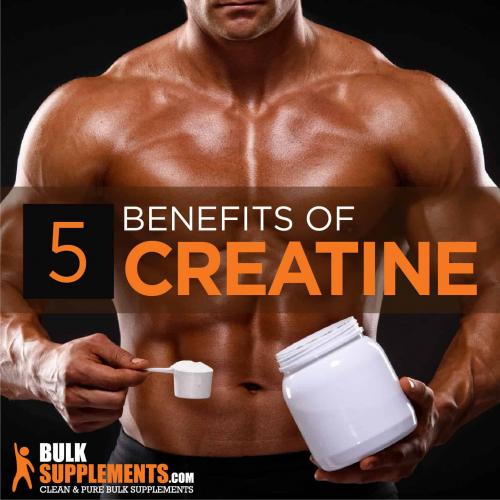
Creatine is a common supplement that athletes and bodybuilders use to enhance muscle mass, strength and endurance. But it’s even more than that. At its core, creatine is simply a chemical compound inside all animals’ bodies, including humans. But why do people take it, especially if it’s already present in the body? How does it work? And where do creatine supplements come from?
The first person to discover creatine was Michel Eugène Chevreul, a French chemist, who identified the compound in 1832. He extracted the compound from meat and discovered that the body stores creatine. From there, it occurred to Chevreul and other chemists that people may be able to take it as a dietary supplement to increase the natural creatine content in the muscles.
It’s been around since the early 20th century, but it really gained popularity in the early 1990s after the 1992 Olympics in Barcelona because some participants in the track-and-field events admitted to using it after they had taken home the gold. So if creatine can help an Olympian, why can’t it help you?
What is Creatine?
In the body, creatine is a natural chemical compound that all creatures with vertebrae produce. It plays a very important role in the way the body stores energy in order for the muscles to contract and retain water. This water retention is what makes the muscles grow and stay hydrated.
Where Does Creatine Come From?
Creatine is a nonessential amino acid, meaning the human body makes it itself. Specifically, it synthesizes in the liver and kidneys, with smaller amounts in the pancreas. From there the body stores most of it in the muscles to use for energy. Whatever creatine that the body does not produce on its own comes from diet, mostly meat. Creatine is made up of three different amino acids that combine together:
- Glycine
- Arginine
- Methionine
What is Phosphocreatine?
The body stores most creatine in two different forms. 40%percent of the stores are in a free form and 60 percent are in their phosphorylated form, appropriately called phosphocreatine. The phosphorylated form means that it contains a phosphoryl group made up of phosphate and oxygen.
What is Creatine Kinase?
Like almost all chemical reactions, this whole phosphorylation process requires another substance to set everything in motion and make it all happen. These substances are called enzymes and in this case, creatine kinase (CK) is the enzyme that catalyzes phosphorylation. CK is a type of protein in the muscle tissues and it uses a compound called adenosine triphosphate, or ATP, to make phosphocreatine.
But why is creatine kinase important? Why does the body need it at all? Well, the body needs this enzyme to make sure that the muscle cells function properly. Heart attacks, injury, strenuous exercise and excessive alcohol consumption can raise CK to dangerous levels. High CK levels may indicate damage to the muscles and also the heart, depending on the type of CK enzyme.
What Foods Have Creatine?
According to research, people can get a percentage of the creatine that their bodies need from their diets, whatever the body doesn’t synthesize on its own. However, creatine is a carninutrient, meaning it is only available from meat and animal products, specifically skeletal muscle since that’s primarily where it’s stored. Meat—red and white—and fish are the main sources of creatine, but it is also present in dairy products like milk.
But what about those who don’t include animal products as part of their regular diets? Unfortunately, those who practice vegan and vegetarian lifestyles do not receive dietary creatine. These diets typically lead to lower creatine levels in the muscles than those who consume an omnivorous diet. Infants who feed on milk receive creatine from breast milk and milk-based formulas, but they do not consume the compound by feeding on soy-based formulas.
What Does Creatine Do?
Forms Muscle Mass
The body stores and distributes creatine throughout the body to the brain, the liver and kidneys, but most of it is in the muscles. About 95 percent of it is in the muscles in its phosphocreatine form. According to PubChem, “creatine, in its phosphate form, helps supply energy to muscle cells for contraction.” This is what helps build strength and muscle mass. Then, phosphocreatine helps synthesize ATP, which provides energy for metabolic processes that each cell in the body uses to function.
Creatine helps build muscle mass in a variety of ways:
- Increasing water retention. Creatine drives water into the muscles, keeping them hydrated and helping them grow in size
- Slowing muscle breakdown
- Building muscle fibers
Supports Brain Function
Creatine isn’t just great for the muscles. Did you know it might improve brain function too? Your body stores 95% of creatine in the muscles, but the rest of it is stored in the liver, testes, kidneys and the brain. Even though the brain is not technically a muscle, it acts like one.
Remember that molecule we mentioned before—ATP? Well, the brain stores creatine phosphate and gets its energy and function from the ATP that it produces. The brain relies on a consistent energ



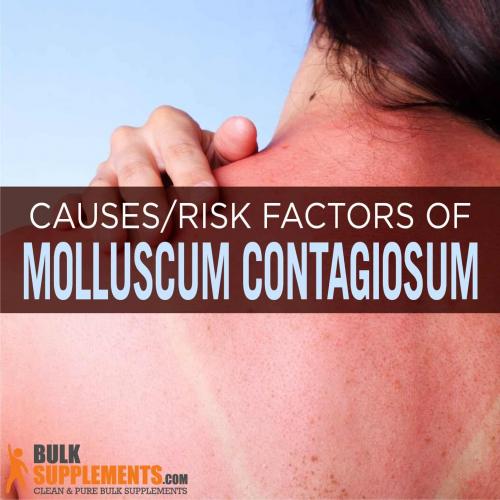

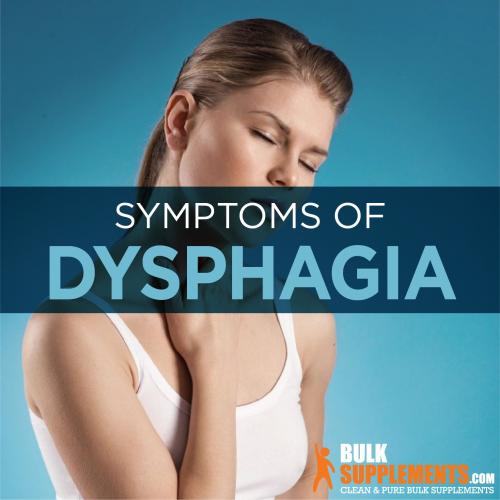
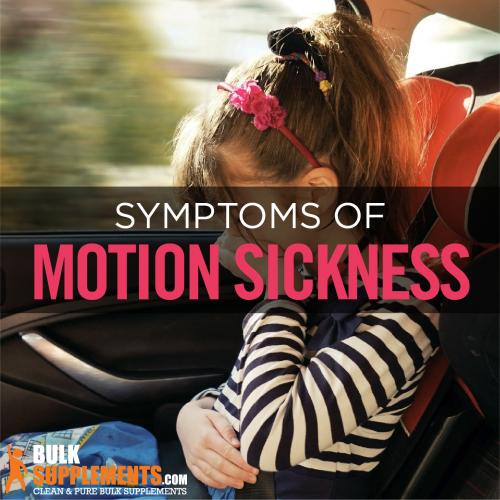
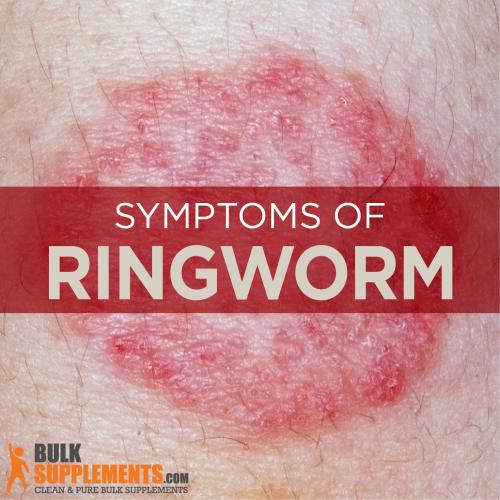
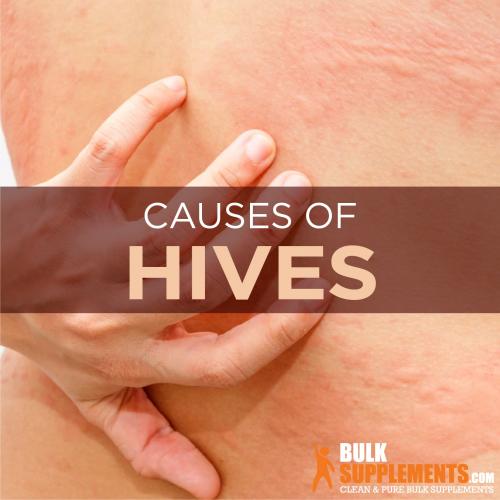
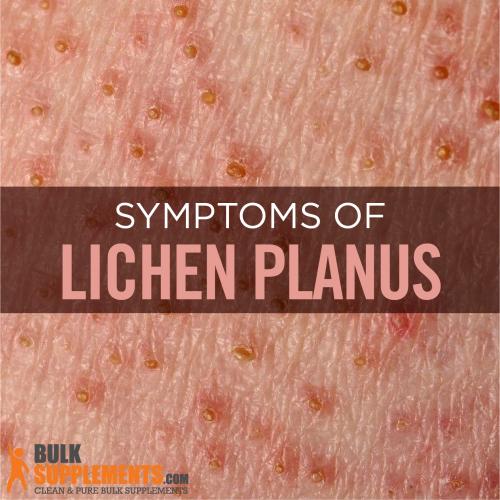
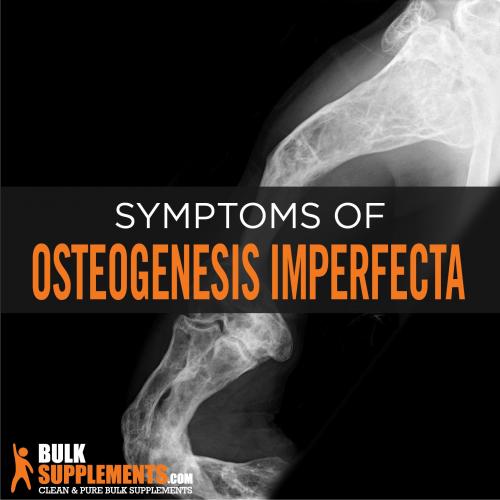

Comments